Play the Top Board Games of Kings, Queens, and Warriors
Thousands of years before Fortnite, Romans honed their military strategies with Ludus Latrunculorum (Game of Mercenaries). Board games have also influenced more complex human activities including language, law, philosophy, and art. These 11 historical games may even still shape our lives.
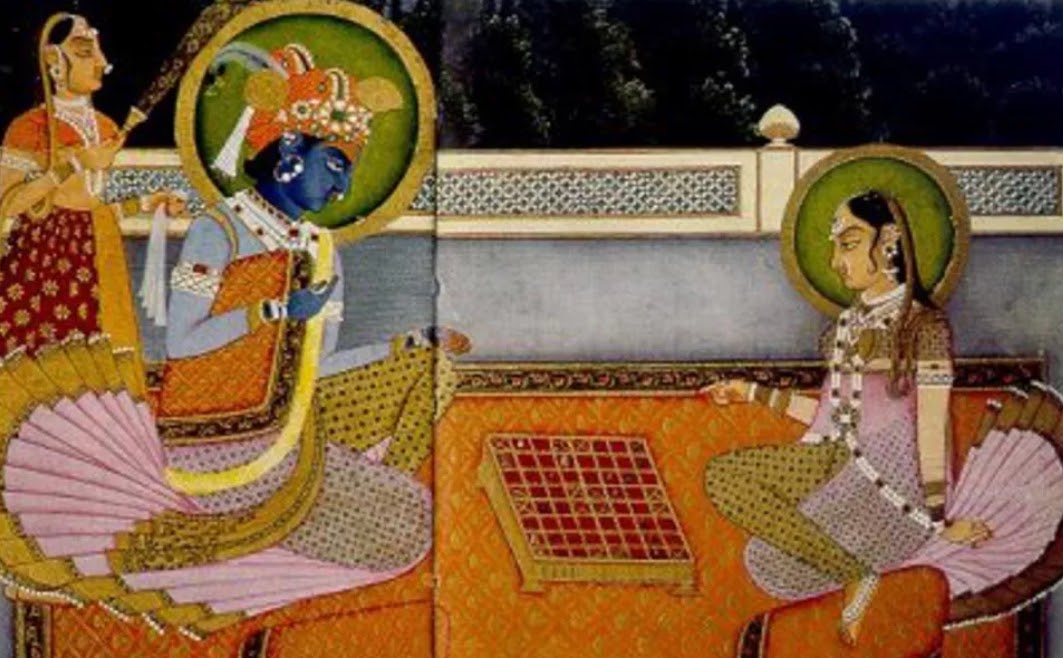
Chaturanga
India’s chess-like war game Chaturanga is believed to have been invented during the Gupta Empire of northern and eastern India around the sixth century A.D, although it may be older. Pieces include generals, elephants, and chariots, thought to correspond to the modern queens, bishops, and rooks. There are two forms of Chaturanga however, a two-person game of skill and a four-person game involving dice. Even the rules are disputed among historians. We may never know the correct way to play, although some believe it ends with checkmate to the king.

Chess
Chaturanga (above) may have influenced chess although some historians dispute this. Chess has been around for more than 1,000 years and the first black-and-white board seems to have appeared in Europe. Some in the Catholic church frowned on chess, believing it to be frivolous, which led to the development of folding boards that could be slipped secretly into books or onto shelves.
"The brand new social experience where you activate your gaming skills as you train like a spy."
- TimeOut
Take on thrilling, high-energy espionage challenges across different game zones.

France’s King Louis IX also forbade chess but the game was associated with wealth, knowledge, and power so it survived surreptitiously. About 605m adults still play chess regularly.
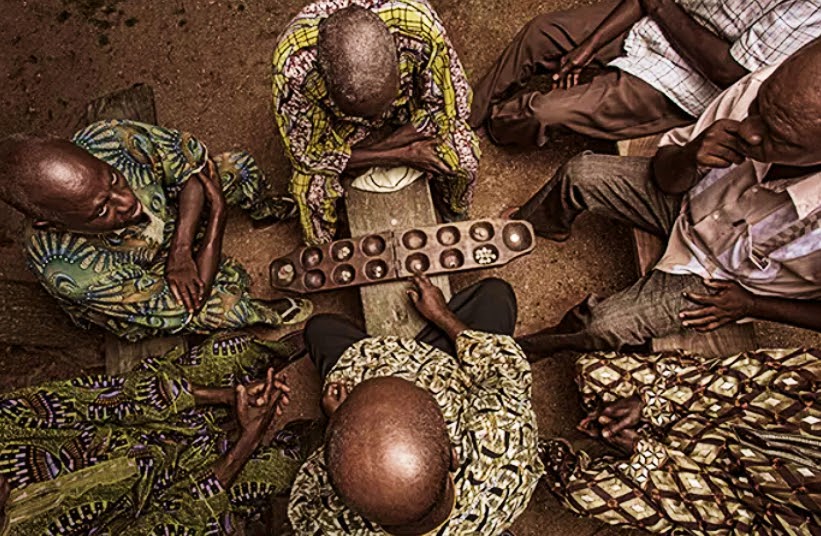
Mancala
Mancala - dating back to more than 5,000 BC - likely started in Jordan before spreading through the Middle East into Africa. To win, a player must capture an opponent’s pieces using arithmetic but Mancala also has a mystical quality. Some players believe an individual’s soul may be stolen if they play in the evening when the spirits are active. The Dogon, in Mali, West Africa, don't encourage children to play at all, fearing it will bring misfortune to the village.

The Royal Game of Ur
Roughly 4,500 years old, the Royal Game of Ur was a favorite of kings and queens who wanted a game that incorporated speed, strategy, and messages from deities and ancestral ghosts. Players race their opponent to the opposite end of the board, moving pieces according to knucklebone dice rolls (some compare it to backgammon). Archeologists have found more than 100 examples of Ur in Iraq, Iran, Israel, Syria, Jordan, Egypt, Turkey, Cyprus, and Crete. Like chess, its exact origins are contested but it is still played today.
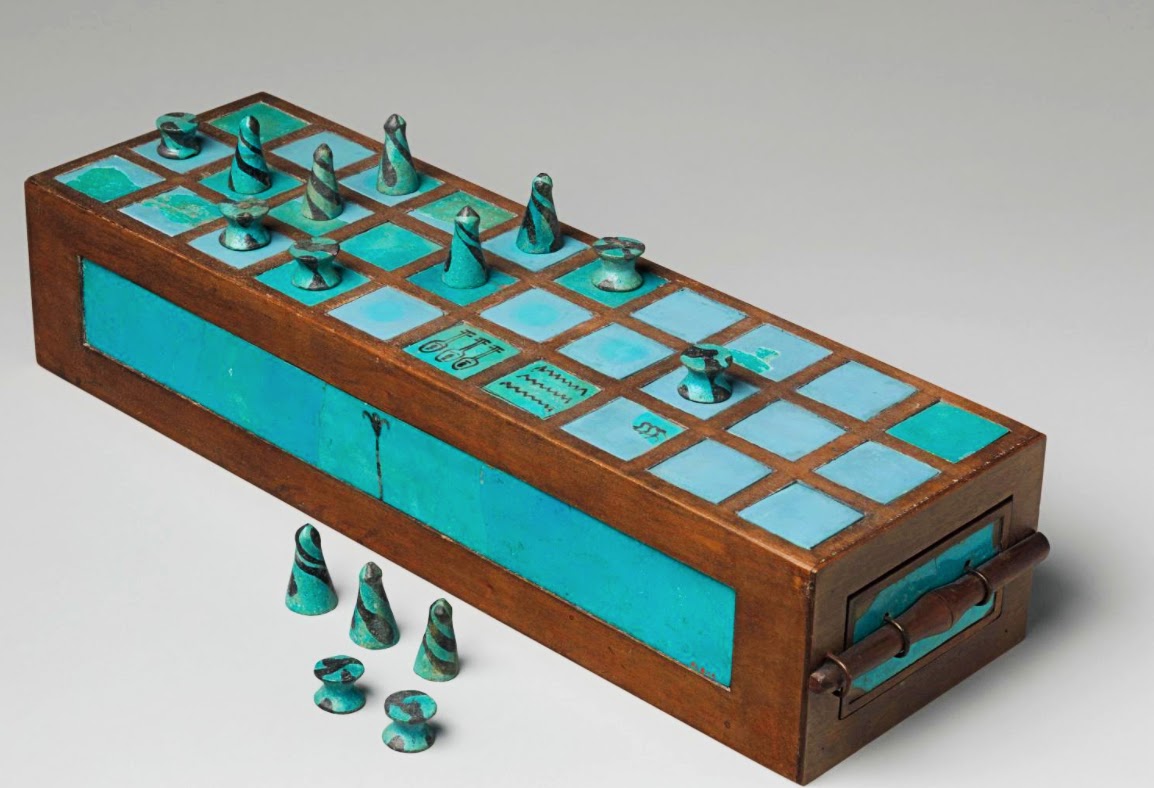
Senet
Some historians believe ancient Egypt’s Senet may be the world’s oldest board game. The aim is to get from one end of the board to the other - although the rules haven’t survived. Senet was a favorite of commoners and kings - Tutankhamun was even buried with four Senet boards made of precious materials. From circa 1292 BCE onward, Senet took on a religious significance with ancient Egyptians who saw pieces journey across the board like a soul traveling the underworld into the afterlife.
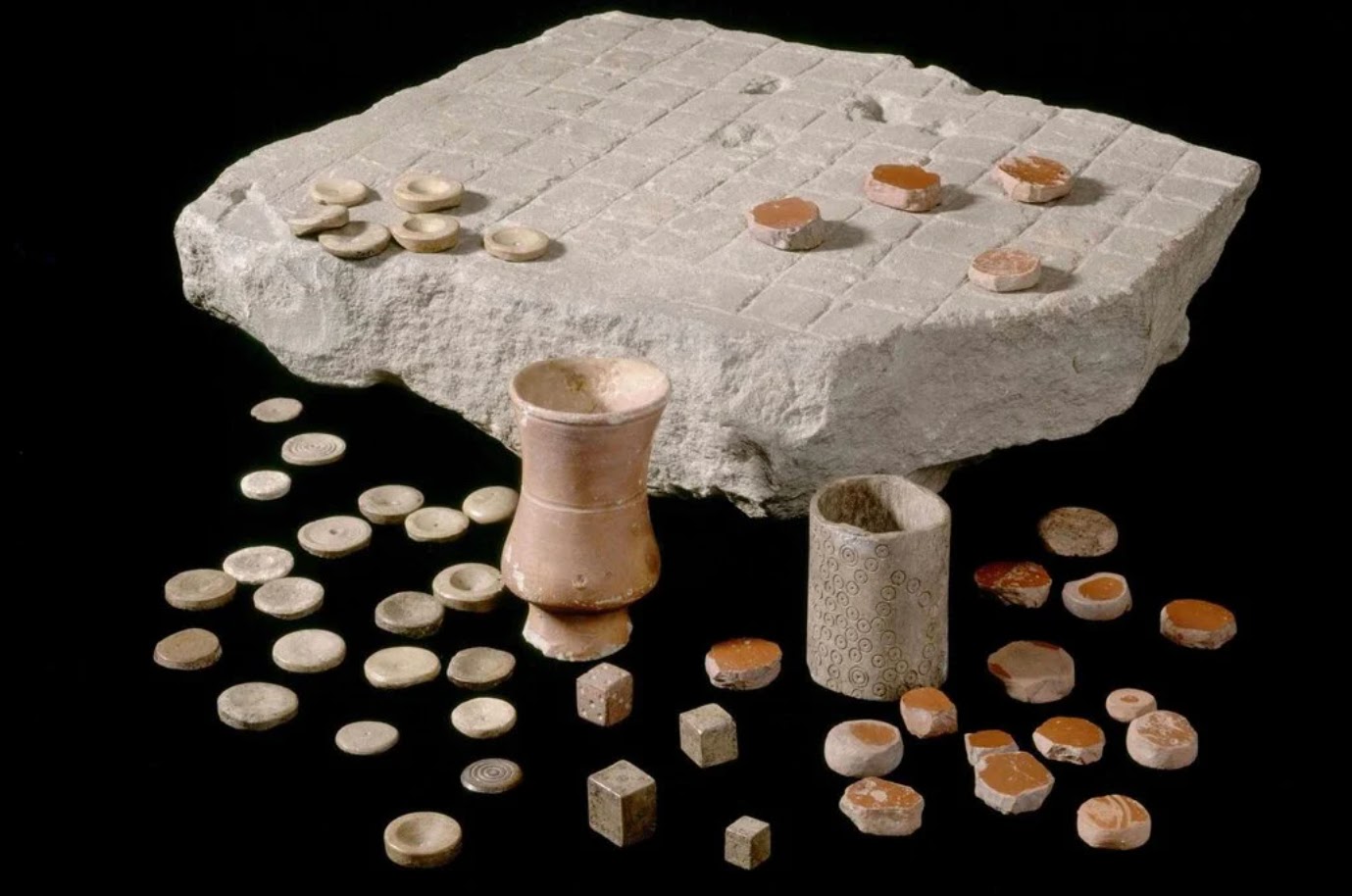
Ludus Latrunculorum
Ludus Latrunculorum (Game of Mercenaries) is an ancient Roman game of pure strategy and military tactics somewhat similar to checkers. The goal of the two-player game is to capture an opponent’s king. It was likely a variant of the ancient Greek game of soldiers called Petteia and the first documented mention of Ludus Latrunculorum comes from the first century B.C. Archeologists are still digging up remnants of the ancient game today.
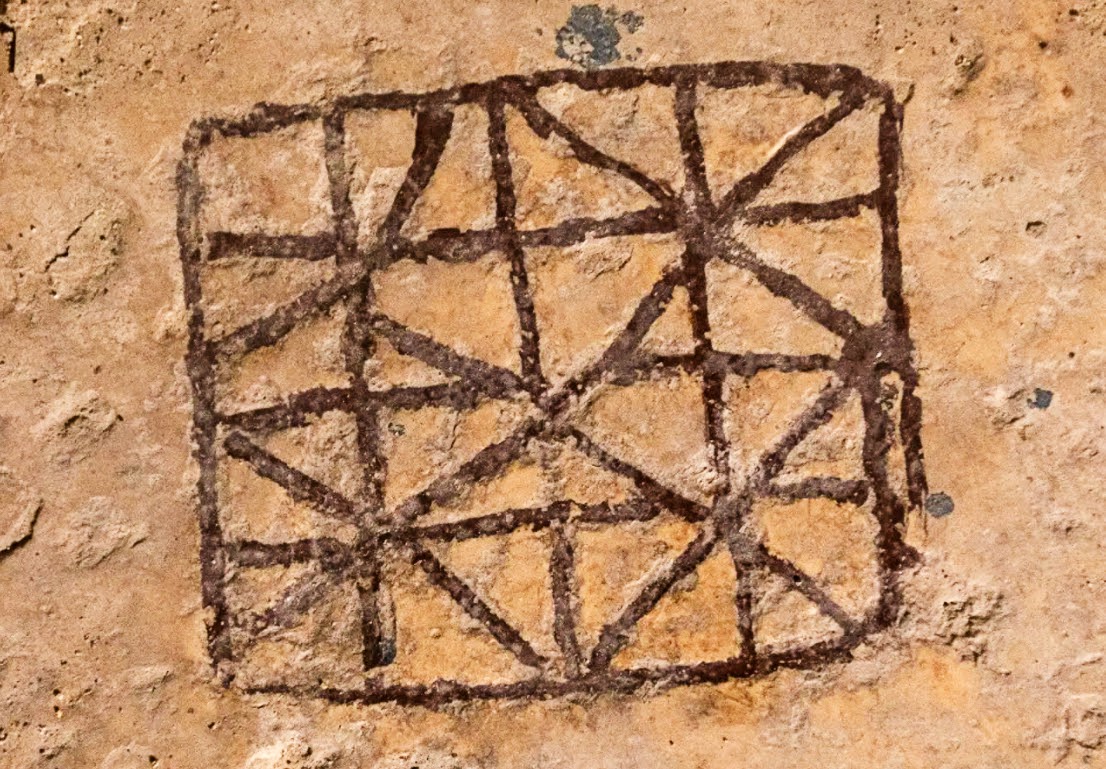
Checkers
Bored Roman soldiers are believed to have carved a grid for a board game on the steps of the Damascus Gate in Jerusalem some 1,800 years ago, possibly an early form of modern-day checkers. Artefacts have also been traced to an archeological dig in southern Mesopotamia (now Iraq) while similar games were played in the days of the early Egyptian pharaohs (c. 1600 BC) and were mentioned in the works of the Greek writers Homer and Plato. By 1756, an English mathematician had written a treatise on ‘draughts’, which then became popular in America as ‘Checkers’.
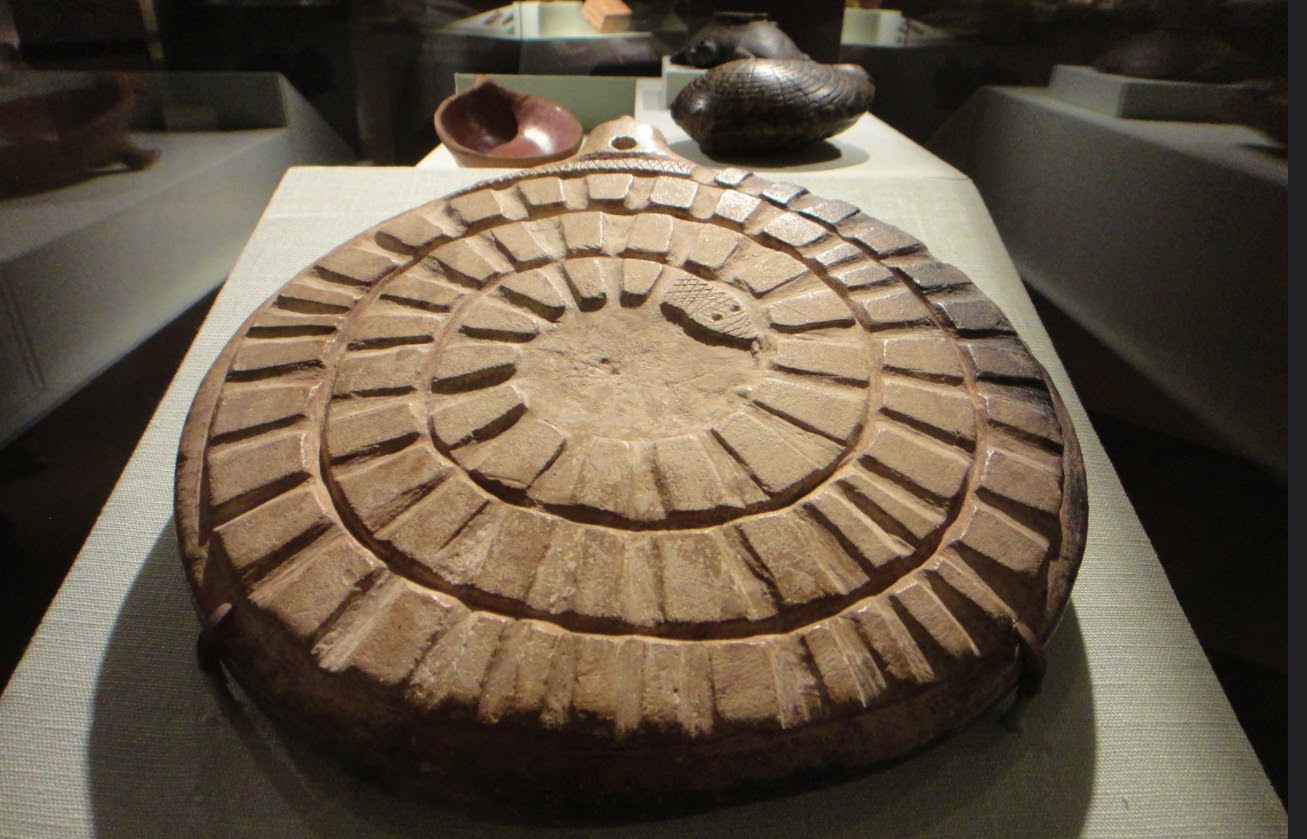
Mehen
The Egyptian board depicts a coiled snake with its body divided into rectangular spaces. Archeologists suggest the game was played with lion-shaped or lioness-shaped pieces in sets with a few small spheres (marbles or balls) but the rules are a mystery. The modern equivalent of Mehen is thought to be North Africa’s Hyena, where players race along a spiral track from the outside (the village), to the center (the well), and back. The first to finish wins.
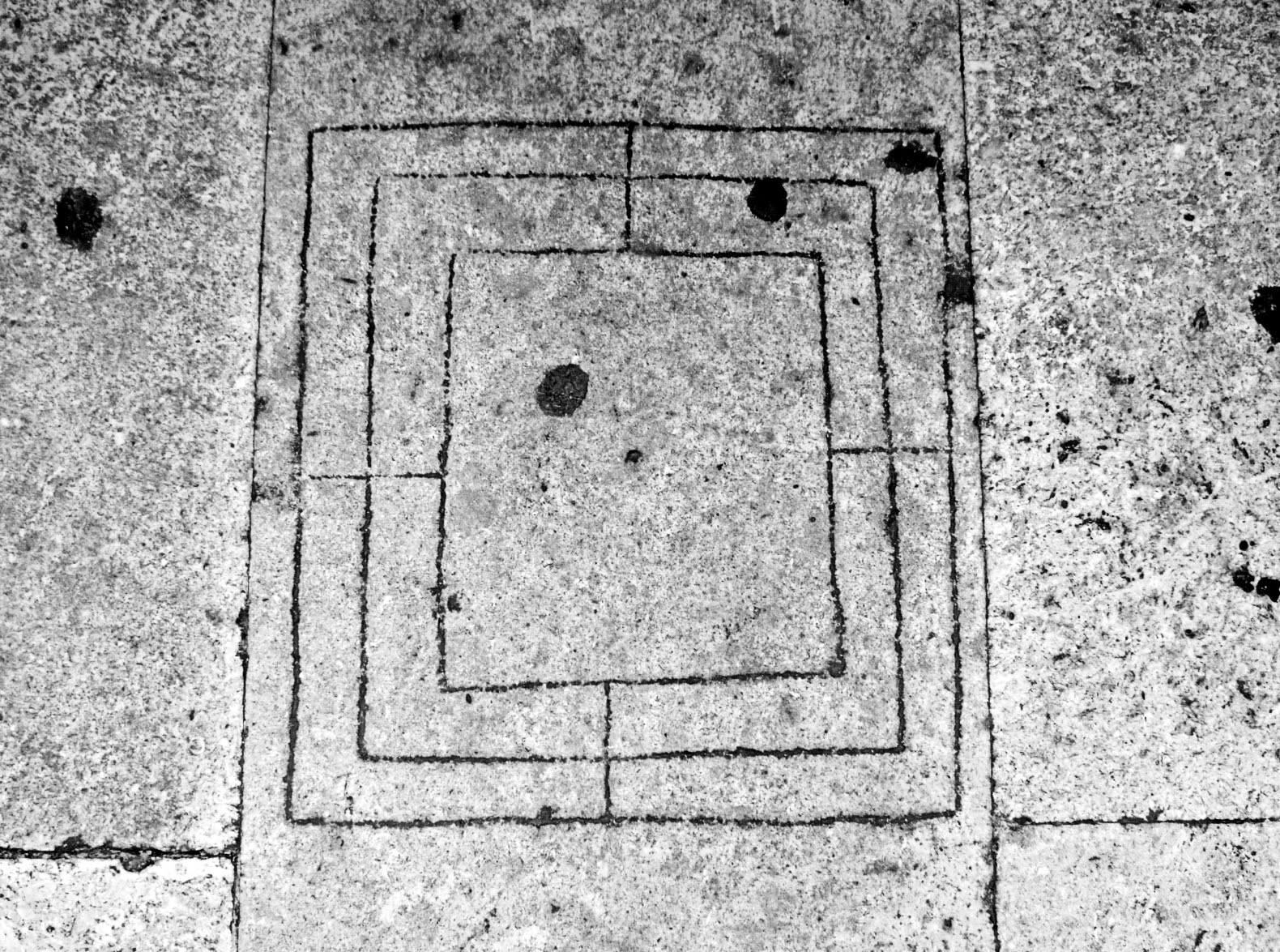
Nine Men’s Morris
Nine Men's Morris (aka Cowboy Checkers) is a two-person strategy board game dating back to the Roman Empire. The goal is to capture opposing pieces by forming lines of three. If played perfectly, the game results in a draw. No one is clear where and when the game originated, although a board was carved into an Egyptian temple at Kurna, Egypt, which dates to roughly 1400 BCE. The name seems to have originated with Shakespeare’s A Midsummer Night’s Dream when Titania refers to a board, saying: “The Nine Men's Morris is filled up with mud.”

Tali & Tesserae
Ancient Romans were fond of games, including two dice games. Tali used four dice and the goal was to have each show a different number. Tesserae used three dice and the best score was three sixes. The lowest scores were called ‘dogs’ and the highest were named ‘Venus’ after the goddess of love. Dice were thrown from a cup onto a board made of wood - although wealthier players had their own marble boards encrusted with jewels.
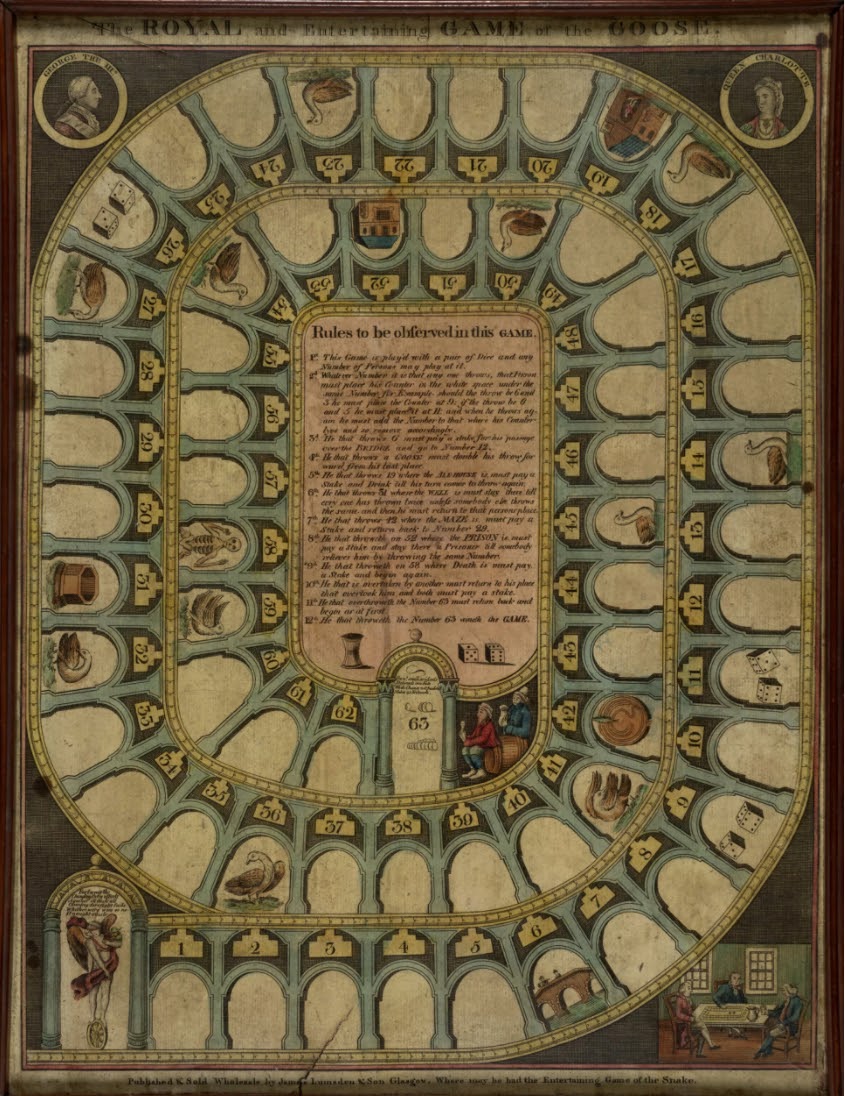
The Game of Goose
This ancient children's classic likely traces its roots to the ancient Egyptian game of Mehen and 3000 B.C. Francesco de Medici in Italy is believed to have sent a copy to King Felipe II of Spain during the 16th century which triggered an interest in Europe. There’s little strategy involved. Players must get their counter to the center of the board, moving counterclockwise according to rolls of a die. It is notable, however, as The Game of Goose was one of the earliest commercially produced board games.
SPYSCAPE+

Join now to get True Spies episodes early and ad-free every week, plus subscriber-only Debriefs and Q&As to bring you closer to your favorite spies and stories from the show. You’ll also get our exclusive series The Razumov Files and The Great James Bond Car Robbery!


Gadgets & Gifts
Explore a world of secrets together. Navigate through interactive exhibits and missions to discover your spy roles.
Your Spy Skills
We all have valuable spy skills - your mission is to discover yours. See if you have what it takes to be a secret agent, with our authentic spy skills evaluation* developed by a former Head of Training at British Intelligence. It's FREE so share & compare with friends now!
* Find more information about the scientific methods behind the evaluation here.


Stay Connected
Follow us for the latest
TIKTOK
INSTAGRAM
X
FACEBOOK
YOUTUBE